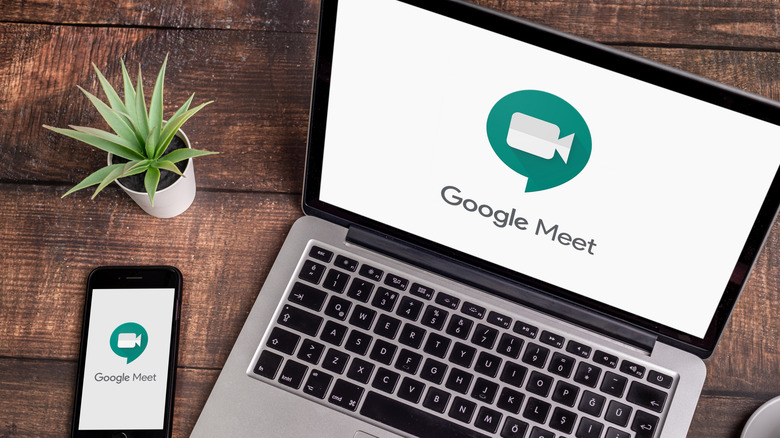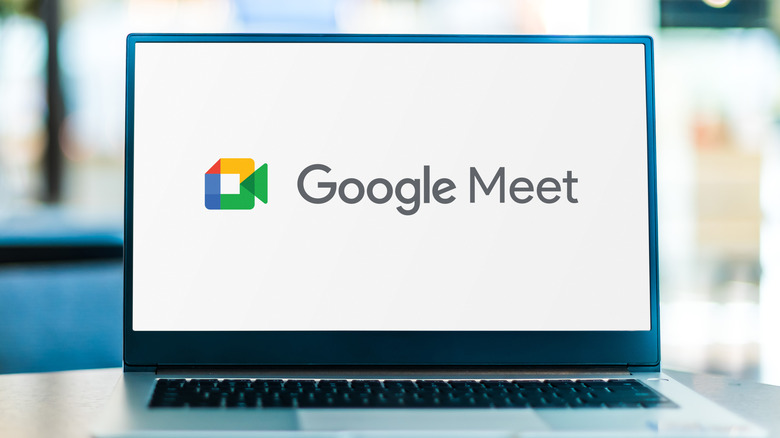Google Meet's Latest Features Improve Web App Experience
Video conferencing has become a regular part of work and school life, long after the pandemic has wreaked havoc on the world. Although so-called Zoom fatigue has seemingly been reduced, almost every kind of office arrangement or event may have a meeting or two take place over the internet. That has made apps and services like Zoom, Google Meet, and Microsoft Teams ubiquitous and present on just about every device. Of course, there are always exceptions, namely devices that get these kinds of video calls so rarely that it's not worth installing an app. Google Meet for web browsers was made especially for that purpose, and now it's getting some updates that put it on par with the dedicated Meet apps.
This is something like the age-old battle between web apps and regular apps that you can install on devices. Web apps offer the convenience of not requiring any installation and supporting many platforms and devices, but they can also run into limitations because of restrictions on the hardware they can directly use. In the past, web apps couldn't even make use of a computer's GPU for improving graphics or video quality, though many of these restrictions have been lifted these days. Google Meet on the web has been trying to overcome those trade-offs for a particularly resource-intensive activity: video conferencing. This latest update not only further enhances its capabilities, but also makes it possible to use Google Meet on computers that might not be powerful enough to handle the software's demands.
Cleaner backgrounds join cloud power
Video calls are resource intensive because they need to process video and audio in real-time. They've become even more complicated recently because of the need to blur backgrounds or even use virtual backgrounds to mask a user's physical space. This can be particularly tricky for web app users because of the amount of processing involved, but Google promises that the newest Meet for web has a more accurate separation of background and foreground to reduce visual artifacts when using background effects.
Google Meet on the web has the advantage of supporting older and less powerful computers that are not compatible with the native Meet apps, but that doesn't mean it will run properly on those machines. That's especially true when background processing is involved, which could take a big chunk of processing power from an already struggling computer. With this update, however, Meet now includes the option to offload that processing to the cloud and reduce the load on the computer's CPU by as much as 30%, according to Google. This not only saves on processor time but ultimately helps prolong battery life, as well.
These two updates ultimately make Google Meet on the web more universal and more useful, particularly for those who participate in video calls regularly. The web experience still won't be on the same level as the native apps, of course, but it's great for jumping immediately on a call without having to worry about installing or updating the app first. Even better, the improvement to Meet's background processing is being made available to all Google users, although the cloud-based processing is available only for select tiers of Google Workspace customers.

